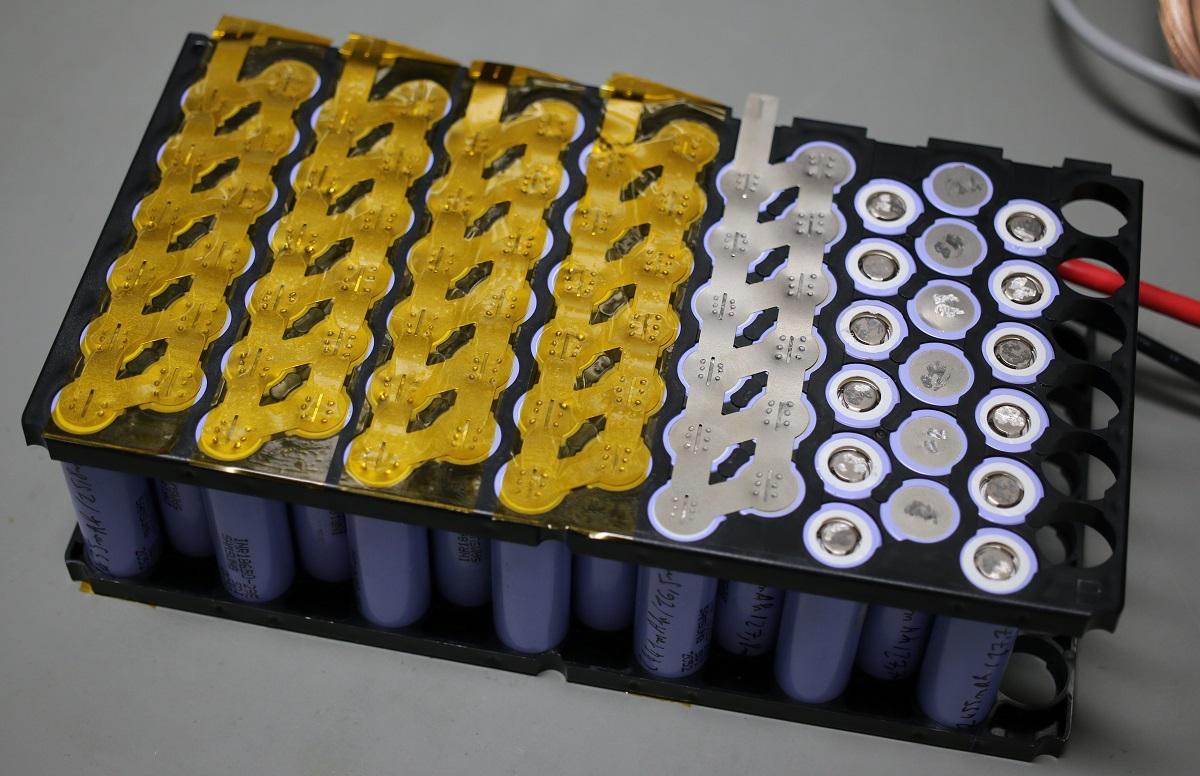
In the fast-paced world of portable energy solutions, the 18650 battery pack stands as a cornerstone technology. Powering everything from consumer gadgets to electric vehicles, these lithium-ion systems are celebrated for their compact design, high energy density, and remarkable versatility. This guide dives deep into the structure, applications, design principles, and optimal charging protocols for 18650 battery packs—delivering SEO-friendly insights to help you harness this essential power source.
An 18650 battery pack integrates multiple standardized cylindrical lithium-ion cells (18mm diameter × 65mm length) into a modular energy unit. Originally popularized by laptops, its scalable design now drives innovations across industries like renewable energy storage, electric vehicles (EVs), and portable electronics.
Key Features:
- High Energy Density: Superior power storage per unit volume.
- Modular Flexibility: Configurable in series (↑ voltage) or parallel (↑ capacity).
- Long Cycle Life: 300–500 charge cycles with minimal degradation.
Applications:
- Consumer electronics (drones, flashlights, laptops).
- Electric vehicles (e.g., Tesla’s early models).
- Solar storage systems and industrial power tools.
Optimal design prioritizes power output, durability, and safety through these critical components:
A. Cell Configuration
- Series/Parallel Layouts: Series connections boost voltage (e.g., 3.7V → 14.8V); parallel expands capacity (e.g., 3000mAh → 12,000mAh).
- Custom Arrays: Tailored to meet device-specific voltage/current requirements.
B. Battery Management System (BMS)
- Core Role: Monitors cell voltage, temperature, and balance.
- Safety Assurance: Prevents overcharge, over-discharge, and thermal runaway.
- Lifespan Extension: Ensures uniform cell utilization.
C. Thermal & Structural Integrity
- Heat Management: Aluminum heat sinks, thermal pads, or liquid cooling.
- Impact Resistance: Nickel-plated steel or ABS plastic enclosures.
- Environmental Protection: IP67-rated designs for dust/water resistance.
1. Scalability: Adaptable for low-power (e.g., flashlights) or high-demand (e.g., EVs) use.
2. Integrated Safety: Multi-layer protections (pressure valves, short-circuit prevention).
3. Cost Efficiency: Mass production reduces per-cell costs.
4. Eco-Friendly: Reusable design minimizes waste vs. disposable batteries.
5. Fast Charging: Supports 0.5C–1C rates with compatible chargers.
6. Universal Compatibility: Works with BMS-standardized devices.
Step 1: Choose a Smart Charger
- Use balancer-equipped chargers (e.g., XTAR VC4SL).
- Avoid generic USB adapters; opt for CC/CV (constant current/voltage) models.
Step 2: Monitor Key Parameters
- Voltage: Never exceed 4.2V per cell.
- Current: Charge at 0.5C (e.g., 2A for a 4000mAh pack).
- Temperature: Keep below 45°C (113°F).
Step 3: Safety Best Practices
- Charge in ventilated, non-flammable areas.
- Avoid unsupported fast charging.
- Store at 40–60% charge for long-term inactivity.
Critical Mistakes to Avoid:
- Mixing old/new cells in one pack.
- Discharging below 2.5V per cell.
- Ignoring BMS warnings.
The 18650 battery pack’s blend of versatility, safety, and energy density makes it indispensable for modern power needs. By mastering its design principles, leveraging its benefits, and adhering to proper charging protocols, users can maximize performance while mitigating risks. Whether for DIY innovations or commercial deployments, this guide empowers you to unlock the full potential of 18650 technology.
Next:None
Previous:Sungrow Deploys Hybrid Energy System at Polish Rehabilitation Center